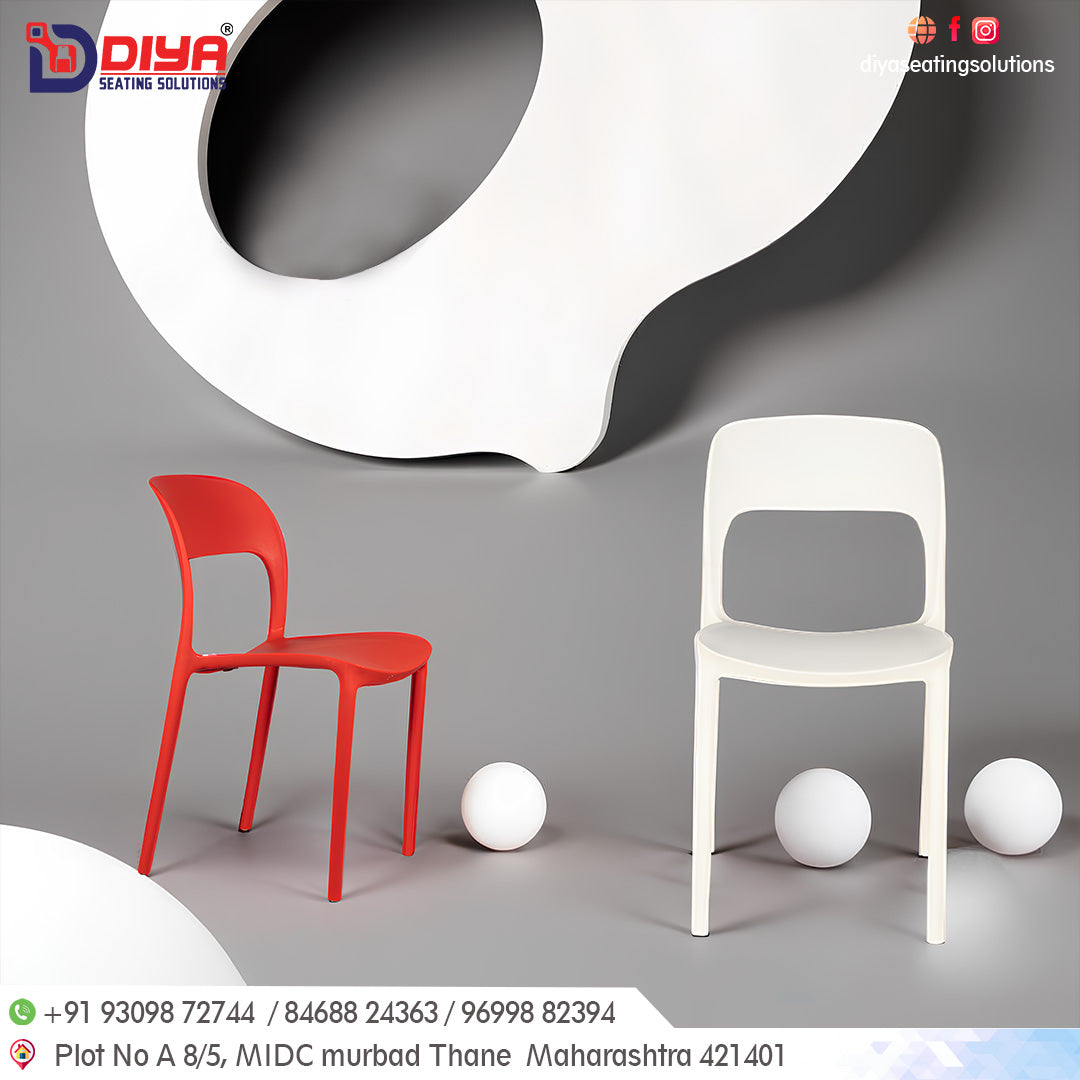
The Path of a Plastic Chair: From Raw Material to Ready-to-Use
Share
Plastic chairs seem ubiquitous—cafés, homes, provide, schools, and public places. They a complex process, and long-lasting. But do you know the process of manufacturing a humble plastic chair? Behind its glossy surface is a complex journey from raw material to ready-to-use product.
Let us get close to this interesting process.
Step 1: Sourcing Raw Material
The journey begins with plastic resins, usually polypropylene (PP) or polyethylene (PE). These thermoplastics are selected due to they are strong, pliable, and recyclable. The raw Usually, material comes in the form of small granules or pellets.
Before processing, additives may be mixed in to improve qualities such as:
Colour (pigments)
Strength (reinforcing agents)
Durability (UV stabilizers to prevent sun damage)
Step 2: Melting and Melding

After preparation, the plastic granules are charged into a machine for Melding by injection. This is the central machine in plastic chair manufacturing.
The granules are melted into a liquid moral disease. by heat.
The melted plastic is then forced into a chair Mold, which is either steel or aluminium and has the shape of the end product.
The plastic, with high the Each is filled with pressure. crevice of the Mold to create the design of the chair.
This assurances consistency in design and makes mass production of chairs of the same size possible.
Step 3: Cooling and Ejection
Once the Mold is filled with plastic, the chair has to cool and solidify. Cooling corridors the Mold facilitate this process.
When the plastic has hardened, the Mold opens and ejector pins push out the freshly produced chair. The chair is now structurally complete but could must be completed.

Step 4: Trimming and Finishing
Flash, or too many plastic borders on some chairs, may be trimmed. The surface of the chair could be further be smoothed for eliminating flaws.
Finishing steps can involve the following depending on the design:
Texturing the surface for traction.
Branding with patterns or logos.
Attaching metal or wooden parts if the chair is hybrid in design.
Step 5: Quality Testing
Chairs are quality checked before reaching customers to ensure safety and durability. Tests can involve:
Load testing – to check if the chair will bear weight without breaking.
Stability testing – to avoid wobbling.
Weather resistance testing – particularly for outdoor furniture chairs.
Only those that meet these norms move forward in the process.
Step 6: Packaging and Distribution

The completed chairs are stacked in an easy way to save space and boxed for shipping. Being luminous, it's economical to move plastic chairs to be Contrary to to other furniture.
They are then shipped to stores, cafes, provide, schools, and households, where they are used to serve customers for decades.
The Sustainable Side
Sustainable manufacturers are more prominent today. Numerous plastic chairs are now produced using recycled content, and upon the end of their lifecycle, chairs can be processed and shredded to be used to make new products. This approach diminishes waste and promotes green manufacturing.
The process of a plastic chair—from raw plastic pellets to an available-for-use chair—is a combination of science, engineering, and design. Hidden behind its plain look is sophisticated process to provide durability, comfort, and affordability.
Next time you sit in a plastic chair, keep in mind The amazing adventure it underwent to move from raw material to your room.
